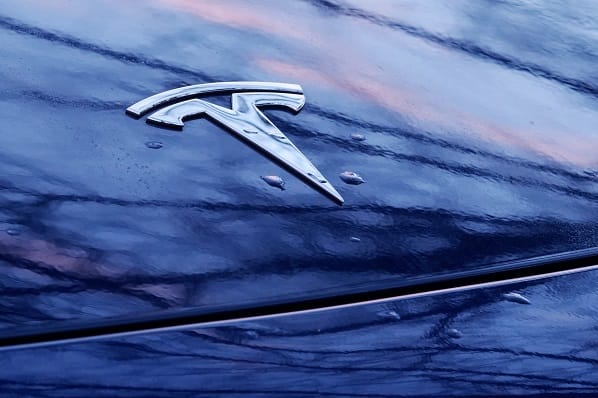Electric vehicles aren’t the loft, futuristic goals of tomorrow any longer. They’re quickly growing in prominence and popularity, with brands like Tesla leading the way in making them a glamorous and eco-friendly alternative to petrol-powered motors.
According to industry experts and analysts, sales of electric cars are expected to surpass sales of diesel and mild hybrid diesel cars by the end of 2022. But there are still barriers for many people when it comes to the widespread adoption of electric vehicles, from the upfront cost to range anxiety. But with the UK Government driving the net zero target for all industries by 2050, they’ll need to encourage greater EV takeup, particularly in drivers who are reluctant to make the switch. Here are some of the ways that the government can step in to improve the process of adopting electric vehicles.
Making them more affordable to purchase
Historically, electric vehicles have been thought of as luxury vehicles – with price tags that put them out of the range of the average person. Tesla certainly has embraced that reputation, long having been regarded as a luxury car brand. Although the upfront cost of an electric vehicle can be recouped over time, it’s still a cause of sticker shock for many people.
One of the ways that the government can help is by offering incentives to companies to reduce the cost of battery cells, thus making electric vehicles more affordable to new or first-time car buyers. There is also a grant in place to help with home charging, which provides funding of up to 75% of the cost to install domestic charge points across the country.
Increasing the public fast-charging network
Currently, one of the biggest barriers to more people adopting electric vehicles as standard is that charging is a huge barrier to ownership. It’s not always easy to find EV chargers and they’re not particularly evenly distributed throughout the UK. The matter is pretty simple: there just aren’t enough public charging stations across the country to keep up with rising demand, particularly in the more rural areas.
To increase the access to public charging stations, companies are partnering together to make huge strides to make these stations more accessible to larger portions of the population. But the government needs to step in and fund these as well or offer more incentives for companies to invest in a country-wide system of public charging stations.
Making EVs more accessible
Whilst EVs can provide many benefits to disabled drivers, there’s long been concerns that people with disabilities will be left behind as the world adapts to this new approach to driving. Charging is a key concern for EV drivers who may have poor mobility or a lack of strength in their arms. The cables used to charge the vehicles are typically quite heavy and difficult to maneuver into place, making refilling a potentially arduous task for this demographic – something that’ll certainly have to be addressed.
There isn’t a one-size-fits-all solution to making electric vehicles more accessible. At its core, it requires that we rethink the “standards” when we think of what comes with a vehicle. It’s a frame of mind that needs to be adopted across both the government and the vehicle manufacturing industry, to help make sustainable living more inclusive.
To sum up
In summary, it’s clear that huge strides have been made to encourage widespread adoption of EVs across the country and beyond. However, there is still a long way to go, and as we race towards the government’s 2030 ban on petrol and diesel sales, more urgent action is needed to help more drivers make the transition to electric.






Leave a Comment